
Around the twists of the historic Norah Head Lighthouse
There’s more to this Central Coast beacon than first meets the eye
The Norah Head Lighthouse has sat proudly on the headland of Norah Head since 1903 and is one of the few lighthouses in Australia that are open to the public seven days a week.
As well as being a unique wedding venue, guests can spend the night in the heritage listed Light Keepers Quarters, or join one of the day or evening tours to get a glimpse into lighthouse life.
Lighthouse guide Keith Elphick has taken thousands of tours through Norah Head Lighthouse over the past seven years and says it’s a special lighthouse in a lot of ways.
“It’s unique insofar as all of the brickwork in the construction was actually made on site. It was all crafted here, except for the lantern, which was sent out bit by bit from the UK.”
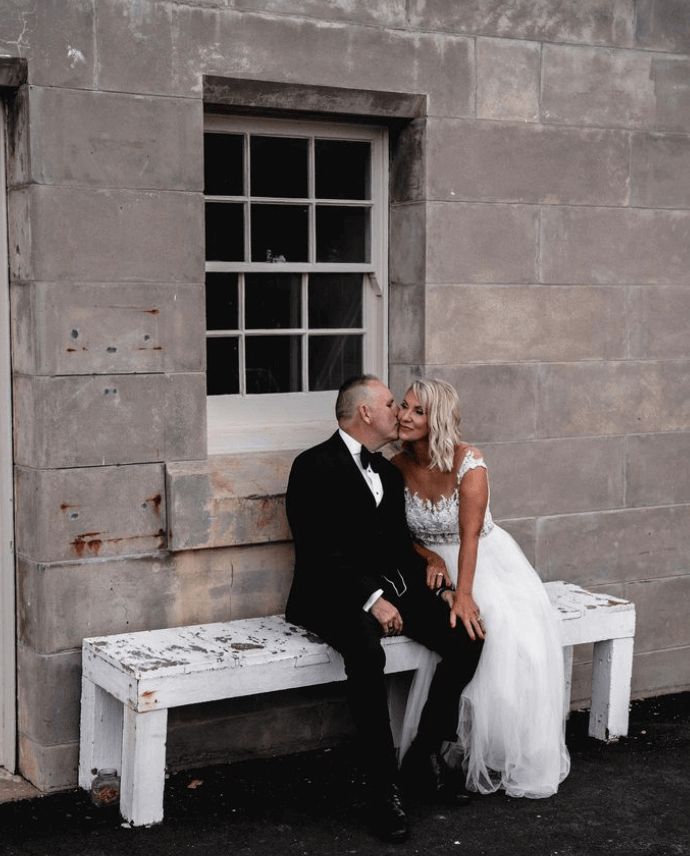
Credit: James Hughes Creative
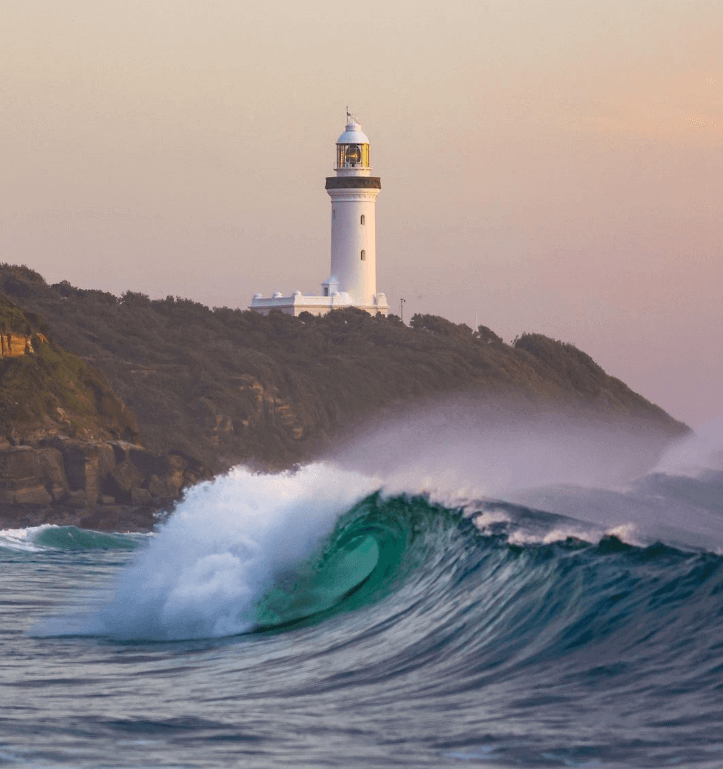
Credit: Lone Wolf Images
While a lot of early lighthouses used sandstone, which eroded rapidly in extreme conditions, the Norah Head lighthouse is made out of mined rock, sand and seashells for added lime content, which was taken from the lighthouse’s coastline and turned into large bricks.
Both day and night time tours at Norah Head Lighthouse take guests to the top of the barrel, better known as the tower, where the final set of steps are narrower and steeper due to a two degree tapering of the structure.
Guides can also point out a lion that’s facing the wrong way. “The lighthouse architect Charles Harding was a Scottish Presbyterian,” Keith says, “And as a bit of a middle finger up to the English ruling classes, he put the Scottish lion on the doorway glass etching rather than the English lion, which faces the opposite direction. No one really noticed until much later, but by then it had become an established piece of the building so nothing was changed.”

Credit: Norah Head Lighthouse
Celebrating the iconic lighthouse
On the 15th of November 2023 the Norah Head Lighthouse will celebrate its 120th anniversary as a working lighthouse.
“It’s still a functioning lighthouse.” Keith explains. “Although lots of modern ships rely on GPS, satellites can go down and GPS can fail. We also have a fleet of fishing vessels that rely on the lighthouse for their bearings at night when they're coming back into the coastline.”
Between Sydney and Newcastle around 265 ships have been lost, including the merchant vessel the Nimbin, which was struck by a German sea mine in 1940, and the Iron Chieftain, which was sunk by a Japanese submarine off Norah Head in 1942. Guests can visit the Merchant Mariners Memorial at the lighthouse to remember those lost at sea in wartime.
The lighthouse has been fully automated since 1995 but Keith says that 120 years ago advertisements for lighthouse keepers included the requirements that applicants be male, married and short. While the male part may be no surprise considering the time, the married side was in response to single male lighthouse keepers in Britain showing signs of post traumatic stress after their solo stays. And they had to be short enough to climb up into the revolving lantern to light the kerosene mantle with crude sulphur matches.
In the early days the Norah Head Lighthouse had three lighthouse keepers, their wives, and 17 children living there at the same time for a total of 23 people. With no shops nearby they had to grow their own vegetables, raise sheep and goats and catch fish to survive.
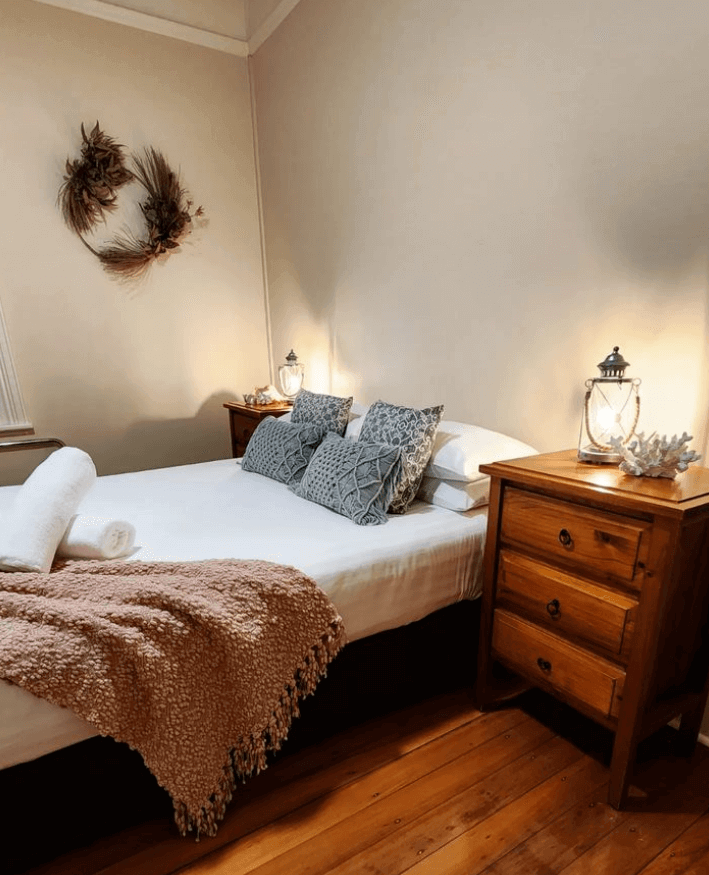
Credit: Norah Head Lighthouse

Credit: Norah Head Lighthouse
The changing landscape
These days visitors can take a seat at the Norah Head Beach Haus café and dine on local seasonal dishes along with burgers, bowls and bagels before walking along the Nature Reserve Trail to the Lighthouse for a tour. The lighthouse also looks out over some great surf breaks and in November 2022 Norah Head became the first National Surfing Reserve on the Central Coast.
Another thing that has changed over the years is the view. On night tours when the conditions are right Keith says that visitors can see all the way to Sydney from the top of the lighthouse.
“When there's a westerly blowing all the pollution out to sea, people get an amazing surprise to see Centrepoint (Sydney Tower) 74 kilometres away.”
Keith says on the right nights you can also see the city of Newcastle.
“On the balcony you can look at two major cities with one linear sweep of your eyesight. You can't do that anywhere else in Australia.”
As well as discovering history and fun facts with guides at the lighthouse, visitors can learn more in the Norah Head Lighthouse coffee table book which is available in the gift shop alongside other souvenirs of your lighthouse stay.
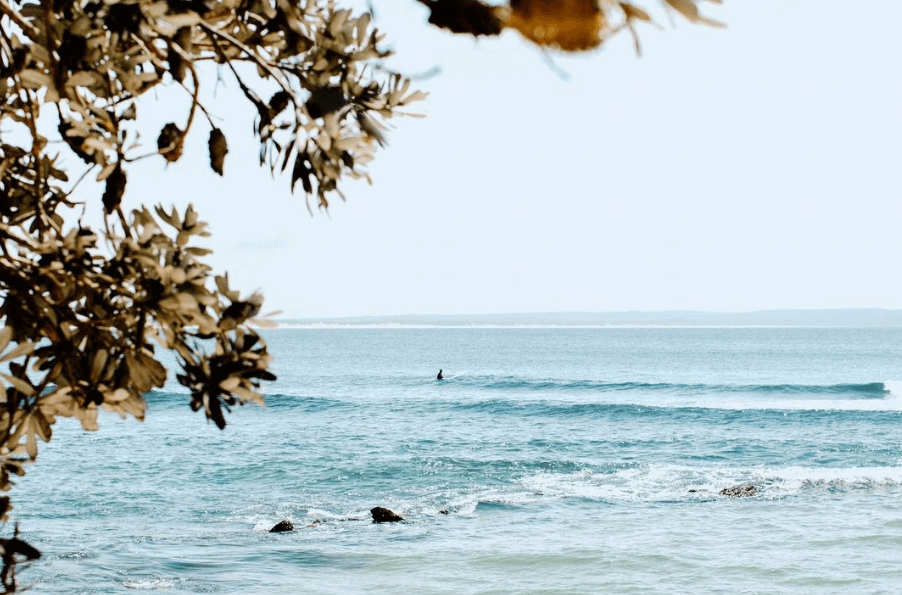
Credit: Airlie Walsh
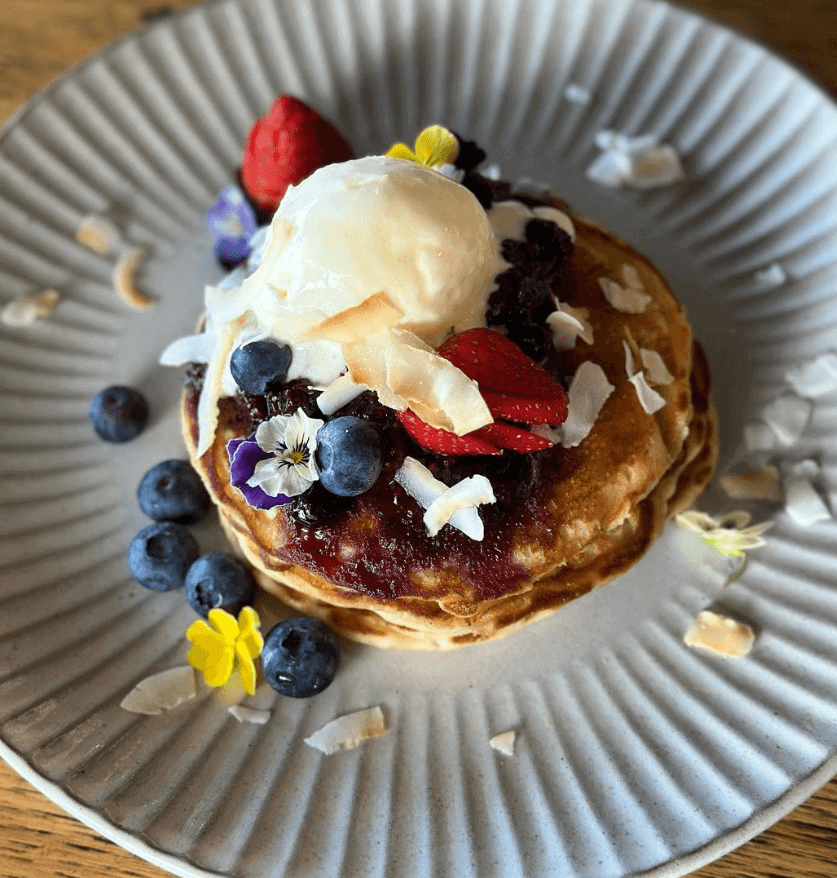
Credit: Norah Head Beach Haus
This article was originally authored by Amanda Woods, as part of a Love Central Coast grant project brought to you by Destination Central Coast, jointly funded by the Australian and NSW governments under the Bushfire Local Economic Recovery Fund. To maintain accuracy, some editorial changes may have been made since publication.

